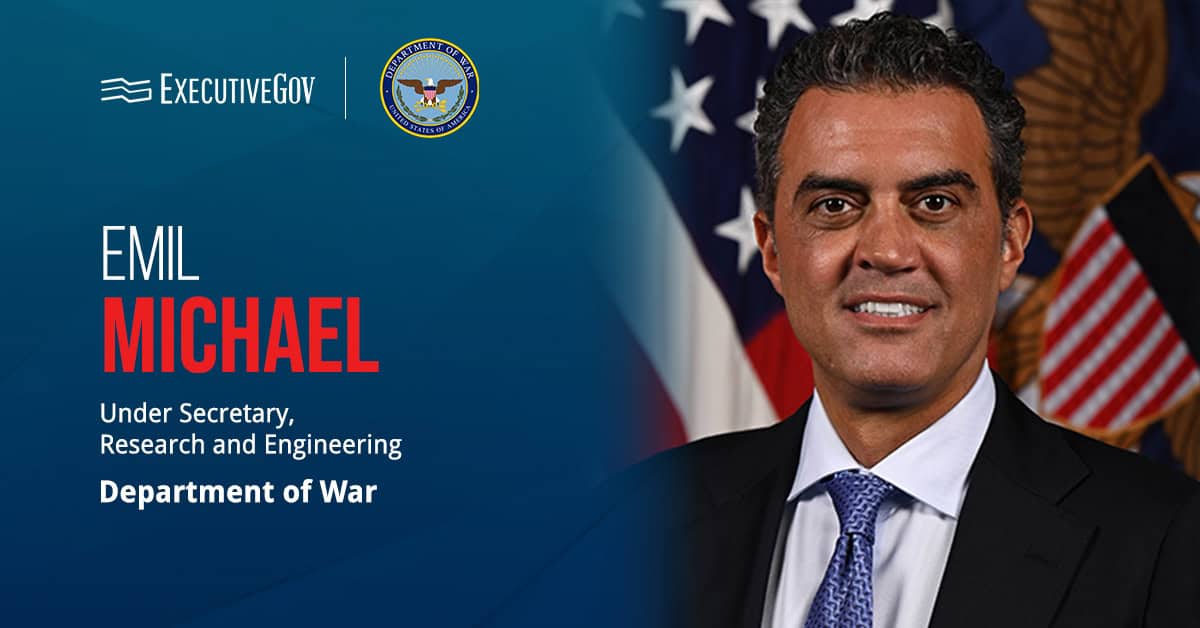 Beth Killoran, former chief information officer of the Department of Health and Human Services, has been appointed as the new deputy CIO at the General Services Administration, Federal Times reported Saturday.
Beth Killoran, former chief information officer of the Department of Health and Human Services, has been appointed as the new deputy CIO at the General Services Administration, Federal Times reported Saturday.Killoran most recently served with the HHS Office of the Surgeon General, where she helped develop an information technology strategic plan for the Public Health Service Commissioned Corps. She left HHS as the agency transitioned its cyber center to operate under the authority of the Office of the CIO, and opened the Health Sector Cybersecurity Coordination Center in October.
Killoran previously held senior IT roles at the Department of Homeland Security, joining the DHS in 2004. She served as head of the agency’s Infrastructure Transformation Program, Enterprise Talent Management System and the Office of Program Accountability and Risk Management. Her new role with the GSA began on Nov. 13.





